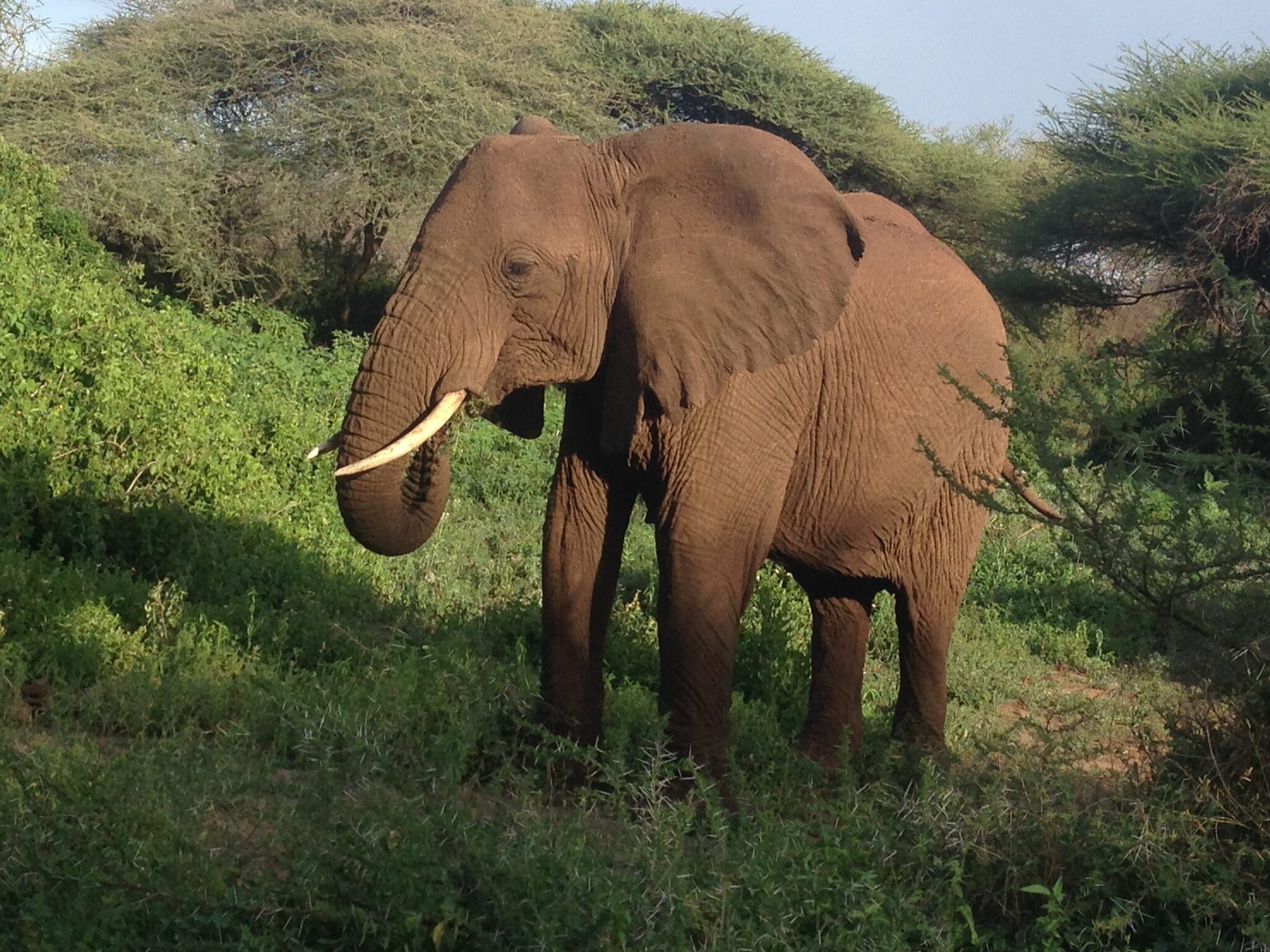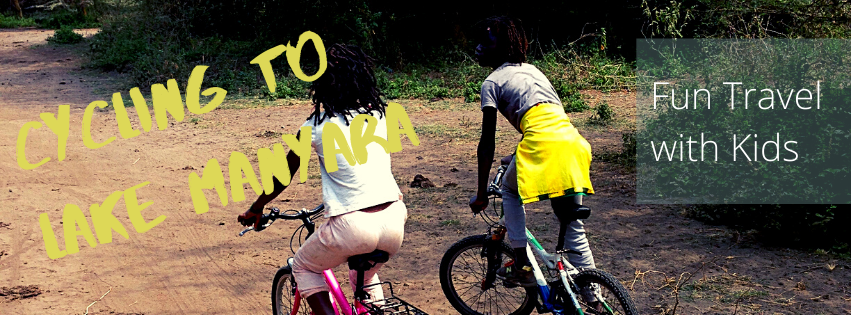I recently shared about the informative and inspirational visit I had at Altezza Travel’s Kilimanjaro Center for Rescue, Education and Wildlife (C.R.E.W.). However, I only briefly mentioned about the program to protect and care for orphaned baby elephants. My daughter and I both agreed, this was one of the highlights of our visit so I wanted to give the elephant program its own post.
The number of elephants across Africa has significantly declined over the past few decades. Poaching of elephants for the international ivory trade was the main cause of their rapid decline several years ago. However, other factors also influence the population of the largest land mammal – such as their long gestational period (22 months! and that usually, they carry a single elephant throughout their pregnancy – twin elephants are incredibly rare), and the destruction of their habitat (especially for African forest elephants).
There are many ways to help protect the vulnerable elephants of Africa, and the way in which C.R.E.W. is working to rescue elephants is through caring for orphaned elephant babies.
I personally learned so much about the behavior, communication and intelligence of elephants because of our visit to C.R.E.W. Also, as a champion for adoption of humans, some of the information that the elephant caregivers shared with me touched my heart and brought tears to my eyes! We really have so much to learn from nature, and our ‘humanity’ might be more humane if we copied some of the behaviors of the mighty, but gentle elephant.

What I learned about elephants at C.R.E.W.:
Here are some tidbits I learned about elephants from the caregivers at C.R.E.W.:
- Elephant herds in the wild always accept other elephant children, they incorporate them as members of the family. Therefore, whenever possible, an elephant who is orphaned will remain with their herd, where they will be protected and well-bonded.
The main concern that requires a young elephant to be cared for at C.R.E.W would be that it is still nursing and the herd has no lactating mother to care for it.
- Elephant herds are matriarchal, meaning that they are female-led.
- Elephants have been known to mourn the deaths of a member of their herd, in a manner that is described as a “funeral” and even has aspects of burying the deceased animal.
Watch this National Geographic Video about an elephant funeral.
- One of the caregivers pointed out a young elephant to our group and explained that when it first arrived, it would not sleep alone. I imagine much like a human baby, taken from its familiar surroundings and having recently lost its mother, the fear of being left alone seemed understandable. So, the caregiver would sleep with it at night to provide comfort, and the baby elephant would reach out its trunk and cuddle the caregiver, as a comfort throughout the night and to ensure that it wasn’t abandoned in this new place. Hence, there was a special bond between that human and the elephant. And the elephant knew the caregiver by both his scent and his voice (elephants have notoriously poor eyesight).
- The elephants who grow up together at the center are released into the wild together. This is because removing one of the young elephants from the new group at the center would cause stress to the entire group, so they create a ‘mini herd’ there at C.R.E.W. and release them into a national park, under the guidance of park rangers who monitor the elephant populations of their areas, to incorporate with a wild herd.
- Elephants are fiercely protective of one another, especially their young. The caregivers had never heard of mother elephants abandoning or neglecting their young in the wild. Rather, adult elephants have been known to be aggressive only when they feel that someone is threatening a member of their herd.
I will never forget that huge, adult elephant communicating to us that we needed to back-up our safari car at Tarangire National Park!
I can attest to the gentle-giants becoming protective of their young.
Perhaps the phrase should be “Mama Elephant” instead of “Mama Bear”?
- Just as they accept infant elephants into herds, larger herds accept adult elephants, as well. They do not exclude any member of their species, and work together as a large family, under the authority of their matriarch. Now, wouldn’t the world be a wonderful place if we could all do that?

How C.R.E.W. helps orphaned elephants
As I mentioned above, C.R.E.W. first and foremost would prefer elephants remain in the wild, and know that the larger elephant herd would protect the orphaned little one. However, some circumstances require that they bring a young elephant into the center. If the elephant were injured, for example, or if the herd had no female able to nurse it, then C.R.E.W. would bring the orphaned elephant to the Center.
Currently, Kilimanjaro C.R.E.W. is the only infant elephant care center in Tanzania.
At the Center, young elephants are cared for by an expert crew of caregivers who devote themselves to preparing these young elephants for return to the wild – so much they even sleep with the baby elephants to comfort them!
They prepare enormous bottles of milk for the young elephants, sing them songs, take them for walks, and communicate with them. However, human interaction is limited to these caregivers: visitors to C.R.E.W. are not permitted to touch, make contact or even speak around the elephants in order to promote the best possible return to the wild, once the elephants are old enough to have a good chance of survival.
Now, it was pretty hard to restrain myself from squealing with delight when I saw these adorable young elephants. In the end, I managed to not speak and just make silent, ridiculous faces in order to do my small part in helping their rehabilitation to the wild.
Sungura, as well, said she thought her heart was going to burst from joy and ‘too much cuteness’. She also sees a future career for herself as an elephant caregiver (and she’d excel at it!).
Are you looing for an amazing safari and chance to see elephants in the wild?
Check out my posts:
Family safari to Manyara National Park
Girls’ safari to Tarangire National Park

But, if you’re looking for a more in-depth understanding of elephant behavior and how to make a real difference protecting orphaned elephants in Tanzania, then book a trip to Kilimanjaro C.R.E.W. and see their work in action!
I can help you plan your safari and set-up your tour with Kilimanjaro C.R.E.W. – contact me here to start!












